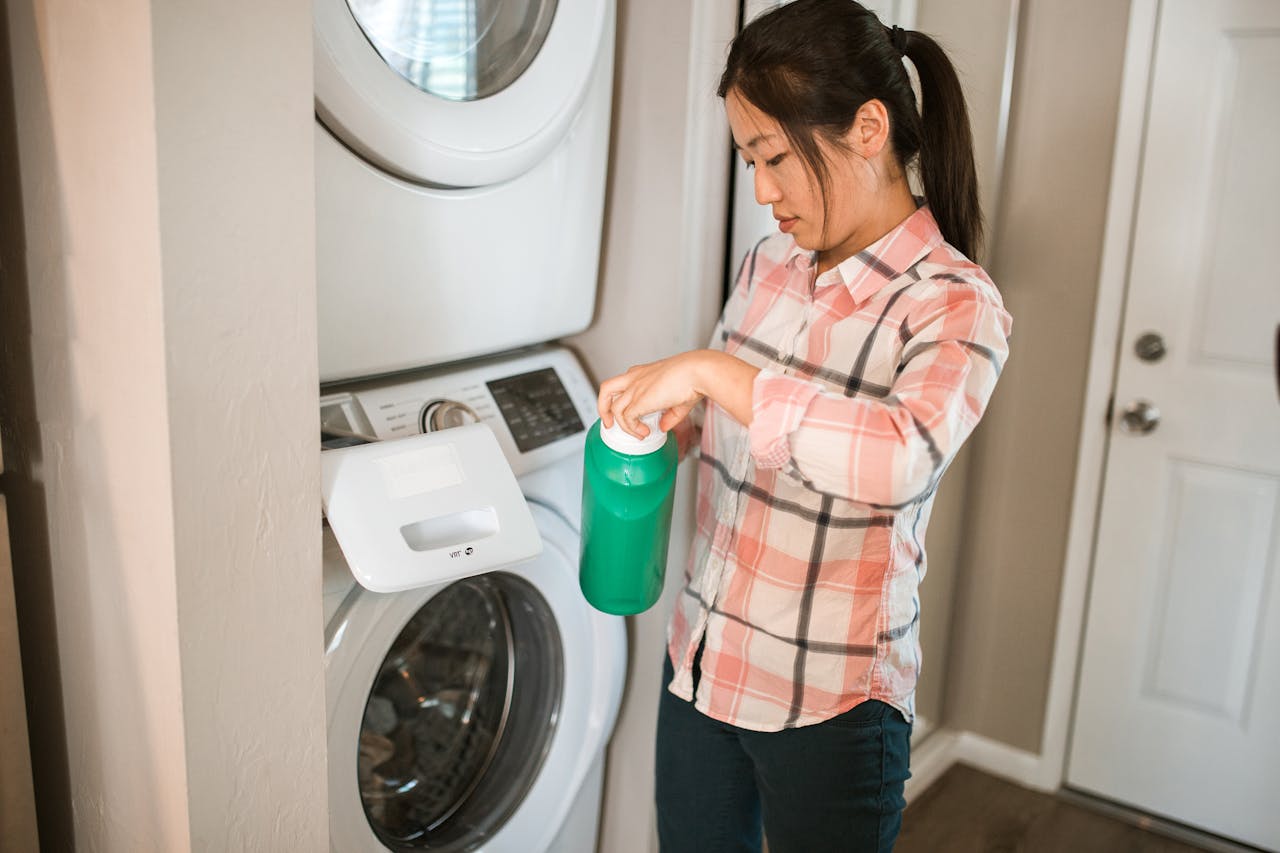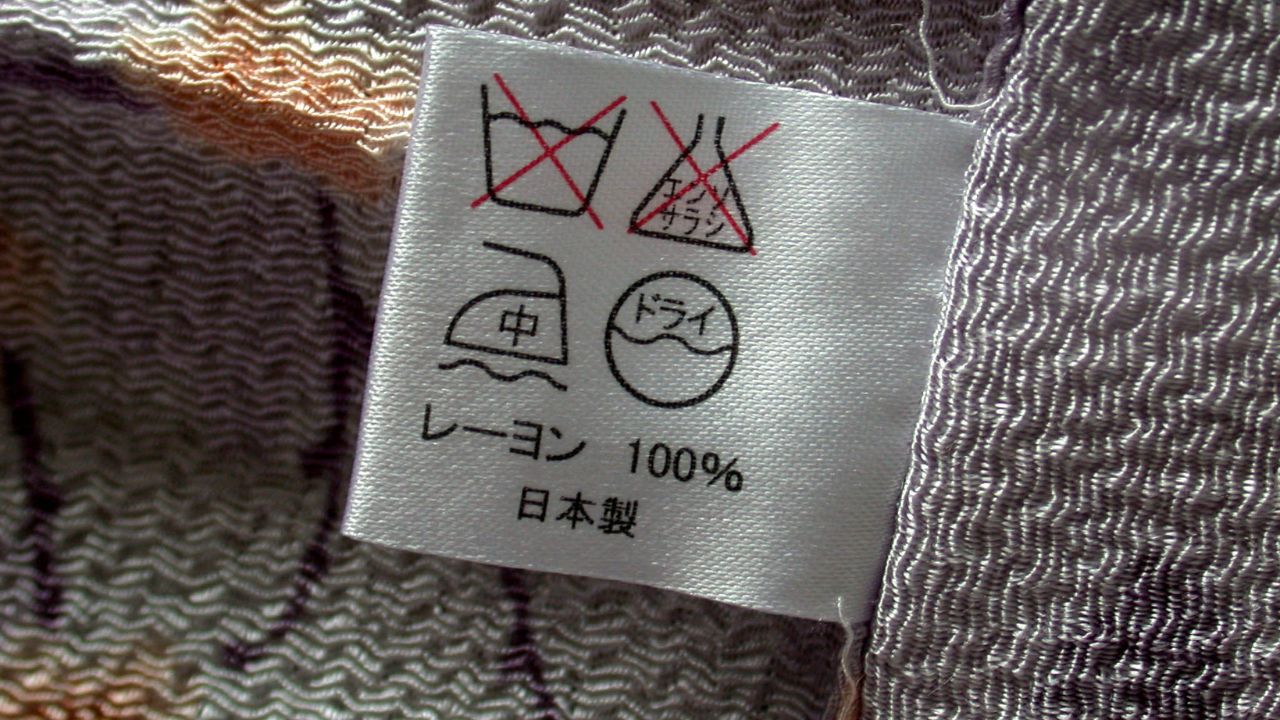Laundry looks easy until a favorite hoodie shrinks, a black tee fades, or towels stay musty. Small habits quietly damage fabric, drain detergent, and shorten machine life. This guide explains what actually ruins clothes, why it happens, and how to fix it with simple routines that teens can run without guesswork.
Modern washers, detergents, and fabrics behave differently from the ones your parents used. According to ENERGY STAR guidance in 2025, most cleaning can happen in cold water when you dose correctly and choose the right cycle. Consumer Reports testing in 2024 and 2025 also shows that overusing detergent leaves residue, locks in odors, and wastes money. The fixes are practical, fast, and do not require fancy products. You just need better dosing, smarter sorting, and a light maintenance plan.
Using too much detergent and dosing the wrong way

High-efficiency washers are designed for low suds and precise dosing. Using extra soap creates foam that traps dirt and leaves a film on fabric. Consumer Reports reported in 2024 that overdosing reduces cleaning and can make clothes feel stiff or smell sour after drying. The American Cleaning Institute notes that many HE detergents are concentrated, so cap lines matter for regular and large loads.
Make it simple. Match dose to load size and soil level. If you use pods, one pod covers a normal load, two only for extra-large or heavy soil. Hard water and bulky fabrics sometimes need a small bump in dose, not a full extra cap. If clothes feel coated, run a hot empty cycle with a washer cleaner, then reset your dosing and see the difference in one week of laundry.
Load size, sorting, and cycle mismatch
Stuffing the drum prevents water and detergent from reaching every fiber. Dirt re-deposits, colors wear faster, and friction creates pilling. Very small loads swing to one side, so the washer spins slowly and everything comes out wetter. That means more dryer time and more heat on elastic and prints. Consumer Reports explains that balanced, loosely filled drums clean better and finish faster.
Aim for the middle. Leave a hand’s width of space at the top of the drum. Mix big and small items so weight distributes evenly. Sort by color, fabric weight, and lint behavior. Wash new towels alone the first few times, since they shed. Turn darks and printed tees inside out to reduce face abrasion during agitation. Pick cycles by fabric, not habit. Normal for everyday cottons, delicate for knits, heavy duty for towels, and a true sanitize cycle only when tags allow and items actually need it.
Water temperature choices and stain setting
Cold water is a strong default today. ENERGY STAR guidance in 2025 says washing in cold cuts energy use and still cleans well for most loads. The U.S. Department of Energy’s recent materials describe how water heating drives a big share of laundry energy use, so cooler settings save money and protect color. Hot still matters for sheets, towels, and very dirty loads when labels permit it. Use warm for athletic wear that holds sweat and odor.
Heat sets stains. Drying a stained shirt can lock the mark in place. Consumer Reports advises pretreating before the wash and checking trouble spots under good light before using the dryer. Protein stains like blood want cold water first. Oily stains respond to a drop of liquid dish soap rubbed gently into the area. Tannin stains, such as tea or cola, usually need a stain remover and a little dwell time. If the stain remains after the cycle, treat again and rewash in the warmest safe water for that fabric. Do not machine dry until it looks clean while damp.
Care labels, lint control, and fabric protection

Care labels are not suggestions. The FTC’s Care Labeling Rule requires clear instructions so you know the hottest safe water, the proper drying method, and whether bleach is allowed. Ignoring tags risks shrinkage, dye loss, and damaged elastic. Mixing lint monsters with lint magnets is another classic mistake. New cotton towels and fleece shed heavily. Black tees, leggings, and technical fabrics collect that lint fast.
Sort smarter. Keep lint shedders away from darks and performance fabrics. Use mesh bags for delicates, bras, and items with straps or hooks. Zip zippers and close hooks to avoid snagging softer knits. Turn jeans and printed tops inside out to reduce surface wear. These small steps preserve texture and color, which is why clothing looks newer for longer.
Machine maintenance, dryer safety, and bleach basics
Washers need light care to stay fresh. Wipe the door gasket and detergent drawer, then run a monthly hot tub-clean cycle. Leave the door ajar after loads so the drum dries. A few minutes here prevents odors that no fragrance can hide. Dryers need even more attention. The U.S. Fire Administration reports that failure to clean is a leading factor in dryer fires, based on recent National Fire Incident Reporting System data, and recommends cleaning the lint filter every load and keeping vents clear.
Build one routine. Clean the lint screen each time. If drying takes longer than usual, check the vent duct behind the dryer and the outside flap for blockage. Have a responsible adult clear the full vent path at least yearly. Never dry items with gasoline or solvent residue. For bleach, safety comes first. CDC guidance warns never to mix chlorine bleach with ammonia or vinegar because the reaction can release dangerous gases. On fabrics, overusing chlorine bleach can yellow whites or weaken fibers. Oxygen bleach is gentler for many colors, but always follow the label and your garment’s care tag.
Quick routine that saves clothes and money
You do not need to be perfect. Build a routine that takes five minutes on laundry day, then forget about it.
- Dose detergent, do not eyeball.
- Sort by color, fabric weight, and lint behavior.
- Use cold for most loads, warm for towels and sheets, hot only when tags allow.
- Pre-treat stains before they dry.
- Clean the washer monthly and the dryer vent regularly.
- Check tags before using bleach, softeners, or sanitize cycles.
These habits protect color, fit, and fabric strength. They also cut re-washing, shorten dryer time, and help your machines last.
Sources
- ENERGY STAR, September 2025
- U.S. Department of Energy, February 2024 and August 2025
- Consumer Reports, April 2025, June 2025, and August 2024
- American Cleaning Institute, September 2025
- Federal Trade Commission, July 2021 and ongoing rule pages consulted September 2025
- U.S. Fire Administration, September 2025
- Centers for Disease Control and Prevention, February 2024


